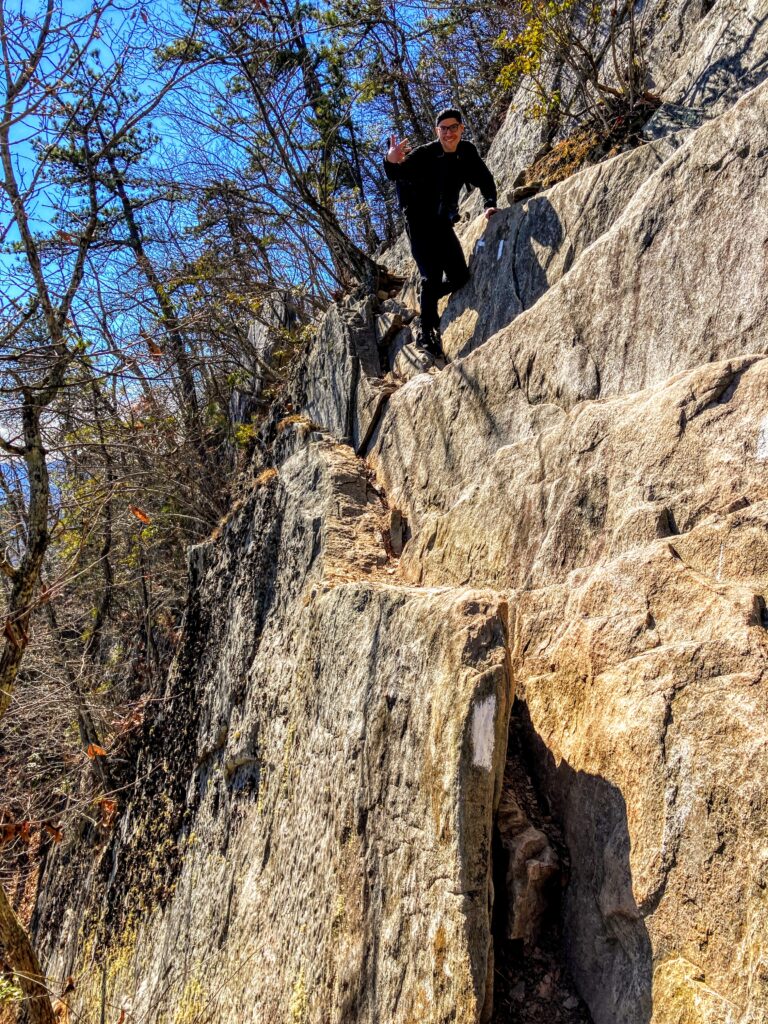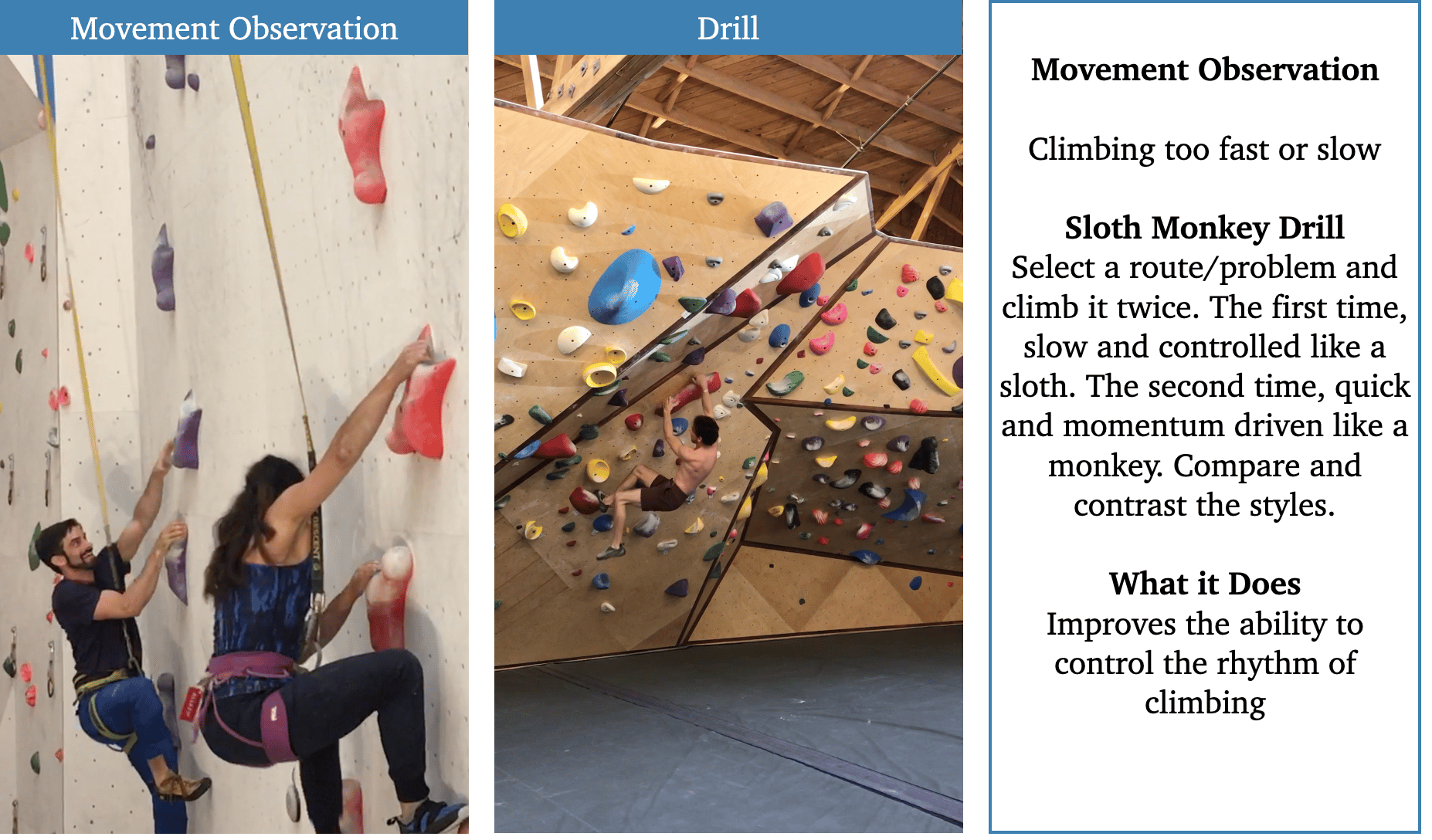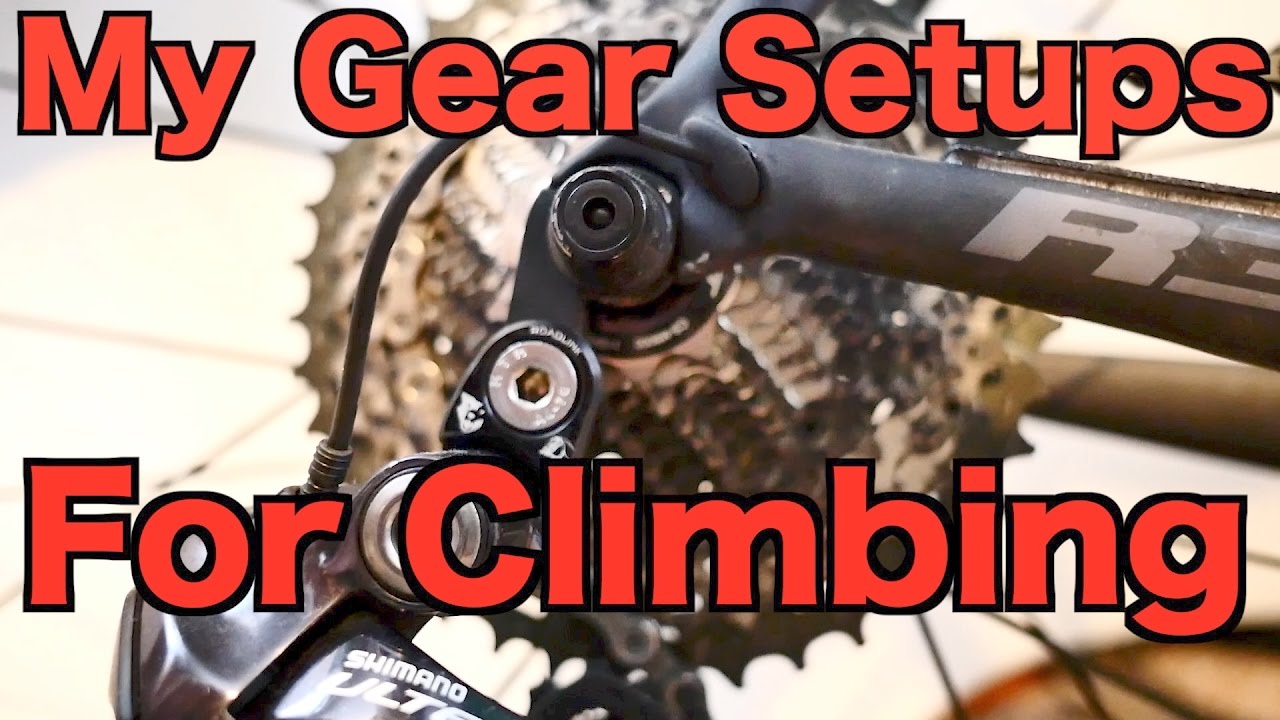🔥 Best MTB GEAR DEALS ON AMAZON
Choosing the right crank arm size for your mountain bike (MTB) is crucial for optimal performance and comfort. The crank arm, which connects the pedal to the chainring, plays a vital role in power transmission and efficiency while cycling. In this article, we will explore the factors to consider when deciding on the ideal crank arm length for your MTB.
Understanding Crank Arm Length
Crank arm length refers to the distance between the center of the bottom bracket axle and the center of the pedal spindle. It is typically represented in millimeters (mm) and can vary from bike to bike. The length of the crank arm affects the leverage and mechanical advantage you have while pedaling, directly impacting your cycling experience.
When it comes to choosing the right crank arm length for your MTB, it’s important to understand how it can influence your riding performance. A longer crank arm provides a greater leverage advantage, allowing you to generate more power with each pedal stroke. This can be beneficial for riders who prioritize power and acceleration, as well as those who engage in aggressive or high-intensity riding. However, longer crank arms may also increase the strain on your joints and result in a less efficient pedal stroke.
On the other hand, shorter crank arms offer a smoother pedaling motion and reduce the risk of strain on your joints. They can be advantageous for riders who prioritize comfort and endurance, as well as those who frequently tackle steep climbs or technical trails. Shorter crank arms also provide better ground clearance, allowing you to navigate obstacles more easily. However, it’s important to note that shorter crank arms may lead to a slight loss of power compared to longer ones.
Factors to Consider
When determining the appropriate crank arm length for your MTB, several factors come into play. Let’s delve into each of these considerations:
Rider Height and Body Proportions
One of the most significant factors to consider is your height and body proportions. Taller riders generally require longer crank arms, while shorter riders may benefit from shorter crank arms. This is because a longer crank arm can help achieve a more comfortable and efficient pedaling position for taller individuals. However, it’s important to remember that individual body proportions and riding style can also influence the ideal crank arm length.
Pedaling Efficiency
Pedaling efficiency is another crucial factor to keep in mind. Longer crank arms can provide a greater leverage advantage, allowing for more power during pedaling. This can be advantageous for riders who prioritize speed and acceleration. However, this advantage may come at the cost of increased strain on joints and a potentially less efficient pedal stroke. Shorter crank arms can offer a smoother pedaling motion and reduce the risk of strain, but they may result in a slight loss of power. It’s essential to find a balance between power and efficiency based on your riding style and preferences.
Terrain and Riding Style
The type of terrain you ride and your preferred riding style can also influence the ideal crank arm length. For example, if you frequently tackle steep climbs or technical trails, shorter crank arms may provide better ground clearance and improve maneuverability. This can be beneficial for riders who enjoy off-road adventures and require precise bike handling. On the other hand, longer crank arms may be advantageous for riders who primarily ride on flat terrain or engage in endurance cycling. They can offer increased leverage and power output, which can be beneficial for maintaining speed and endurance over long distances.
Bike Fit and Comfort
Ensuring a proper bike fit is essential for a comfortable and enjoyable ride. The crank arm length should be selected based on individual comfort and riding preferences. Experimenting with different crank arm lengths during bike fittings or seeking professional assistance can help you find the ideal size that minimizes discomfort and maximizes performance. It’s important to consider factors such as leg extension, knee alignment, and overall body posture when determining the best crank arm length for your MTB. A proper bike fit can reduce the risk of injury and enhance your overall riding experience.
Choosing the Right Crank Arm Length
Now that we have explored the various factors to consider, let’s discuss the common crank arm lengths available for MTBs and their recommended applications:
- 165mm Crank Arms: These shorter crank arms are typically suitable for riders with shorter inseams or those who prioritize ground clearance. They can be advantageous for technical riding, downhill sections, or riders who prefer a more agile and responsive bike. Shorter crank arms provide better maneuverability and reduce the risk of pedal strikes when navigating obstacles.
- 170mm Crank Arms: This is the most commonly used crank arm length for MTBs. They provide a good balance between power and efficiency, making them suitable for a wide range of riders and riding styles. 170mm crank arms are versatile and can handle various terrains and riding conditions with ease. They are a popular choice for both recreational and professional riders.
- 175mm Crank Arms: These longer crank arms are often preferred by taller riders or those who prioritize power output. They offer increased leverage and can be beneficial for riders who engage in aggressive or high-intensity riding. 175mm crank arms can help taller riders achieve a more comfortable and efficient pedaling position, maximizing their power and speed. They are commonly used by professional riders in disciplines such as downhill racing and sprinting.
It’s important to note that these are general recommendations, and individual preferences may vary. Some manufacturers also offer crank arm lengths outside of the standard range, catering to specific needs and body proportions. It’s crucial to test different crank arm lengths and seek professional advice if needed to find the perfect fit for your MTB.
Conclusion
Selecting the appropriate crank arm length for your MTB is a crucial decision that can greatly impact your riding experience. By considering factors such as rider height, pedaling efficiency, terrain, riding style, and comfort, you can make an informed choice. Remember to prioritize your individual needs and preferences, and don’t hesitate to seek professional guidance or experiment with different crank arm lengths to find the perfect fit. Happy riding!
FAQ
1. How does crank arm length affect cycling performance?
Crank arm length affects cycling performance by influencing leverage and mechanical advantage while pedaling. Longer crank arms provide greater leverage, allowing for more power with each pedal stroke. Shorter crank arms offer a smoother pedaling motion and reduce the risk of strain on joints.
2. How does rider height impact crank arm length selection?
Taller riders generally require longer crank arms, while shorter riders may benefit from shorter crank arms. A longer crank arm can help achieve a more comfortable and efficient pedaling position for taller individuals.
3. What factors should be considered when determining crank arm length?
Factors to consider include rider height and body proportions, pedaling efficiency, terrain and riding style, and bike fit and comfort. These factors can help determine the ideal crank arm length based on individual preferences and riding needs.
4. What are the recommended crank arm lengths for MTBs?
Recommended crank arm lengths for MTBs are 165mm for riders with shorter inseams or those prioritizing ground clearance, 170mm for a good balance between power and efficiency, and 175mm for taller riders or those prioritizing power output. These are general recommendations, and individual preferences may vary.



